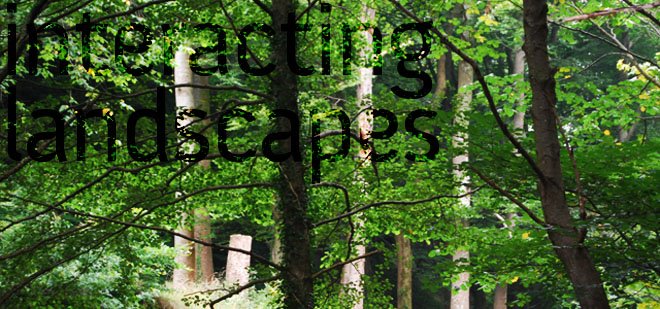 Went to Kew Gardens on a great autumns day. Never been during the autumn before and it was quite different. Also the opportunity to go up the tree top walkway. It was very cool, but actually when you were there my first impression was that it was quite short. I thought that it would have been a lot longer (even though I realise that it would have been quite impractical, expensive and too disturbing for surrounding trees roots).
Went to Kew Gardens on a great autumns day. Never been during the autumn before and it was quite different. Also the opportunity to go up the tree top walkway. It was very cool, but actually when you were there my first impression was that it was quite short. I thought that it would have been a lot longer (even though I realise that it would have been quite impractical, expensive and too disturbing for surrounding trees roots).It is still very successful. The different feeling you get when you are up there and I like the fact that the walkway is not very wide - which makes you feel apart of the surroundings a lot more. The material use is great as well. It is very rustic and I love the soft mesh on the railings. The rusty colour compliments the autumn colours on the trees great.
Marks Barfield Architects are the architects behind it. The design is based on the Fibonacci sequence- which is simple mathematical sequence that lies at the heart of the growth of many plant structures. The ratio provides a perfectly proportioned growth pattern. This sequence is used for the spacing of the connection points for the diagonals of the walkway trusses. The legs are based on a simple historical tree. I think as a designer it is fun to read and see where other designs that you see come from. Sometimes the idea is good and it is looks good - but like in this case I think that the idea doesn't really come across in the design.
When reading on Kew Gardens website it says that the walkway: "gives visitors the opportunity to journey from the fascinating root system, learning about a tree's life underground, to the top of the tree canopy to explore biodiversity from above." I think a lot more could have been done to let us investigate the roots of the trees.
When walking round the gardens I realise the importance of trees and deciduous plants and a more naturalistic landscape. It is great to see so many different colours and bare trees as well. A lot of urban and designed landscaped have a lot of evergreen low maintenance planting. In the introduction of the 'Dynamic Landscape' by James Hitchmough and Nigel Dunnett they talk about ' blocks of evergreen shrubs, mechanically cut on a regular basis to maintain an artificial geometric shape'.
I usually go for a lot of evergreen species when I incorporate planting in my designs and I think I can be a bit more brave and get more interesting and good designs. Using a more a ecological process for plants to grow together and let the site be developed by the process.


















No comments:
Post a Comment